<Art, Craft, and Telling Stories with Pop-up>
CHIBI: We met on the Hack Your Notebook project, for what turned into Booklet #2, Engineer Your Materials, Working with Pop-up. By that time, you’d discovered Chibitronics co-founder Jie Qi’s circuit stickers and had begun exploring possibilities for book arts, pop-up and electronics. Can you share some detail on your background and what led you into this kind of craft, art, and design work?
Susan: In my artistic practice, I create artist’s books using traditional printmaking methods like woodcut. An artist’s book is an intentional artwork created in the form of a book. Artist’s books are as varied as each artist and seem to defy any clear definition. They often contain multiple pages and a narrative and can usually fit on a shelf. They can look a lot like a book or appear sculptural.

The art experience starts when the viewer begins to explore the book, a solitary experience, at their own pace, involving all five senses. My recent artist books contain paper engineering (pop-up) pages that punctuate and capture more of a sensory experience. As a book artist, I like to explore unusual structures. I also feel that, in order for the piece to be an integral artwork, the structure should support the content of the book as would the imagery, choice of materials, etc.
<Experimenting with Light>
CHIBI: You mentioned Jie’s Popables. You knew the mechanisms inside and out, of course, what was it like as book artist to see those designs now with the illumination? How did those explorations move you to think about your own work?
Susan: I experimented with LEDs in an artist’s book called Last Gods Retreat. I wanted the illumination to give a feeling of deeper mystery to the already mysterious photos. I used translucent materials and placed the lights in the spine to illuminate each page from the back. I want the viewer to discover something unexpected and explore. Books are still ubiquitous objects in our lives, although devices with screens are becoming moreso. I want the viewer to notice the book as an object, with movable forms, as sculptural, displaying handmade and hand-printed elements.
I like to explore new or unfamiliar techniques, tools or materials. Challenging myself in this way causes me to come up with more inventive and often more interesting solutions. I get into a realm of self-discovery and working through the issues unique to the project that hopefully ends up to be fruitful and rewarding.
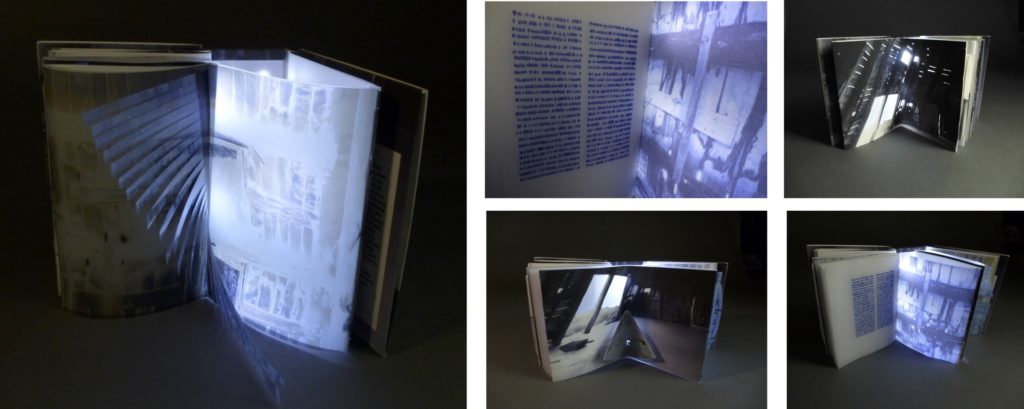
There’s a 2019 lecture from the Codex Foundation called, The Codex Effect and the Emergence of the “Third Stream” in the 21st Century. That symposium focused on the combination of high-quality craft and technology in contemporary artist’s books. This is where I believe I’m at in my practice in using the traditional crafts and analog processes with laser cutting, LED, etc. From the Codex Foundation’s webpage:
“The third stream book incorporates and even accelerates techniques learned from new technologies while at the same time provides a locus that encourages a refreshing and deeper exploration of traditional artisanal crafts. Classically trained artists and printers who are both accomplished masters and experimentally minded are rare, and when successful, able to propel their ideas of the possibility of a book beyond the easy and comfortable categories while exhibiting an extraordinary sense of place and making. New currents indicate the emergence and evolution of highly gifted artists and artisans who embrace the tools and production skills of the traditional arts while dancing on the razor’s edge of intellectual and technological change.”
<Every Hinge is an Engine>
CHIBI: You have that lovely phrase, which you used in Hack Your Notebook, where you say, “Every hinge is an engine…” — the idea of motion and horsepower, so to speak, of getting somewhere. Pop-up’s such a dynamic, tactile art form and familiar kind of storytelling. How would you say stories and designs emerge from these forms and materials?
Susan: I like for each page to create mood, support the narrative, and have enough of an impact to warrant its existence in the work. I look for mechanisms that will work to support the text on the pages. Sometimes a pop-up mechanism suggests itself. Working with text, image and kinetic pages gets the viewer involved. My hope is that they can’t help but become an active participant in exploring the book, its story, themes as well as physical form. The materials, the movable pages, the techniques, the imagery should help to support the book’s content.
When I design a book project, no element should be overlooked. In a regular book you typically find on a shelf, the format, the layout are pretty much invisible in service to the comprehension of the content.
CHIBI: Can you offer some observations on how you’ve introduced the basics of pop-up and integrated illumination in your teaching? How you organize to teach with it in your classes?
Susan: I have had a lot of success with the Pop-up and LED assignment. It is the last assignment in my Artist Books and Pop-up class, students are asked to find a quote, a fact or write about light and/or electricity. They are to include three pop-ups in their book and one page that has LED light. The prompt is broad enough that students come up with a wide array of so many different and wonderful ideas. We all are familiar with the form from a young age, so it is pretty natural transition for students to include pop-up in working with a visual narrative.
Adding pop-up and LED light into a book project invites students to become innovative and experimental. They will think outside the box simply because the materials are familiar and the processes are not difficult (folding/gluing and creating a simple circuit) so they are free to be imaginative and engage in ways that will help them be successful with the resulting project.
<Designing, Testing, Assembling a Project>
Below is a project by my student Cleo Burkhardt-Morgan; examples include some of her process notes and a few photos of her work-in-progress. She used Shel Silverstein’s four-line poem Batty – The baby bat / Screamed out in fright, / ‘Turn on the dark, / I’m afraid of the light.’ – for her project. She considered three texts, each of which included references to light, Tyger by William Blake and a pair of quotes from Vonnegut’s Slaughterhouse Five, before selecting the Silverstein poem.
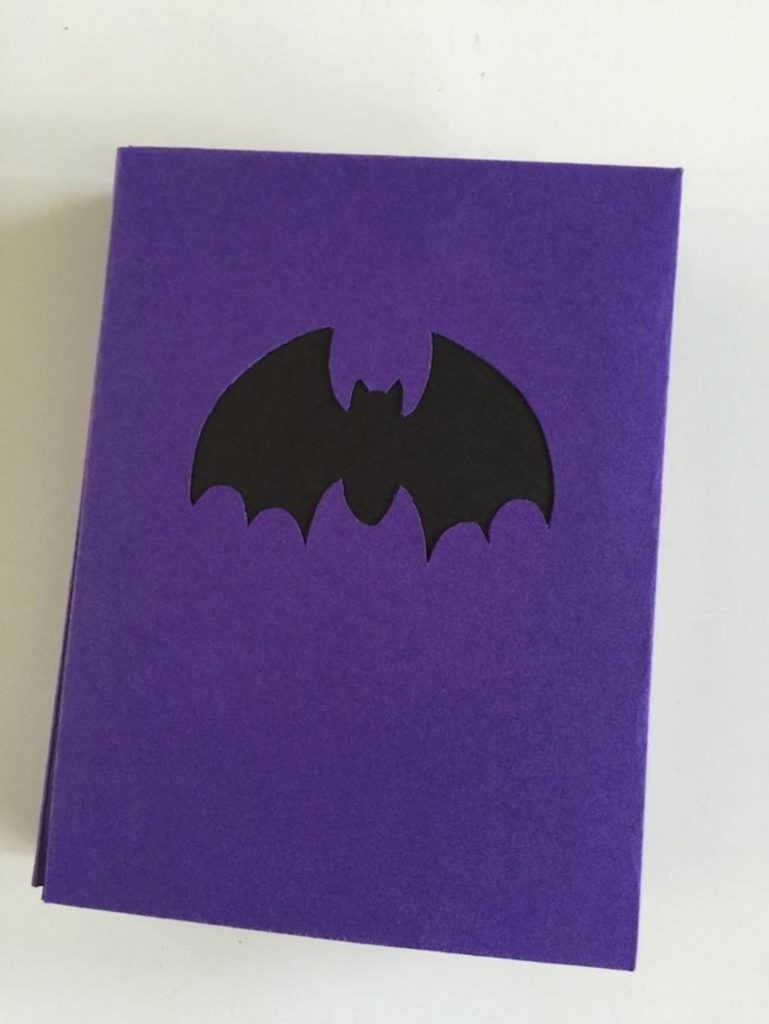


The details and annotation in Cleo’s notes and mockups do a great job of showing how a book artist works out the mechanics of the forms, shapes, and text in her project. You can see the changes she made as she went from planning, testing, and design to the final piece.
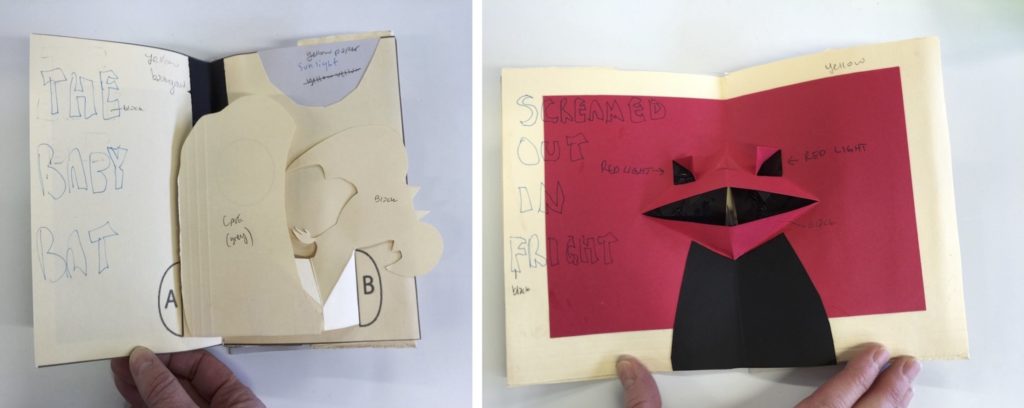

The four-line poem sets up a compact, playful, beautiful project.
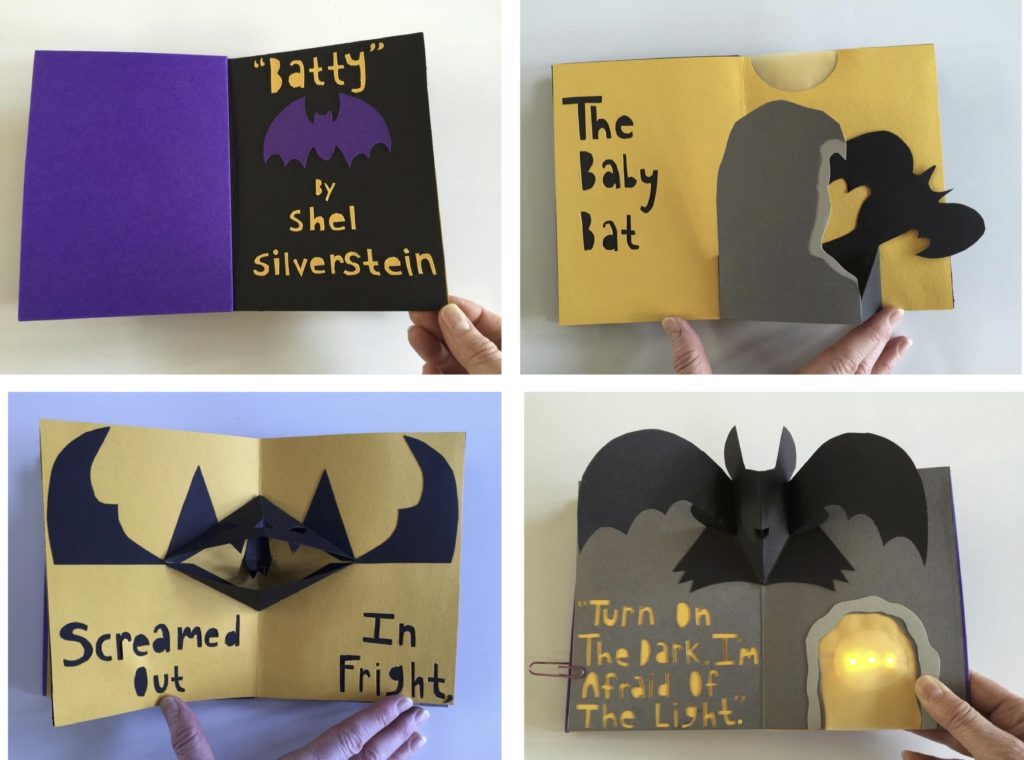
<Hands-on Teaching in a Pandemic>
CHIBI: Teachers have had to adapt quickly and pretty dramatically to the COVID accommodations. A small silver lining is that this “off-screen” work with materials has offered so many people such a welcome sense of engagement and connection. What has happened to your own workflow, your connection to your students, your sense of a collaborative community generally as you’ve been teaching your way through the pandemic?
SUSAN: Teaching remotely has been a huge challenge and a steep learning curve. Education has been changed forever. I am back to the classroom now, but with more technological tools. I have a webcam that I use for demonstrations and I record every class for students to view later or if they miss a class which is helpful especially for reasons related to the pandemic. I taught remotely from my home studio last year. I found that my Artist Books and Pop-up class became a super supportive creative community for the students — it was a safe haven for students to create.

I had the opportunity to have some seats reserved for non-credit Continuing Education. The remote class had CE students enroll from all over the country. These students would not be able to take the class if not for the remote option, and they enriched the experience for the credit students since the CE students tended to be book artists already. Most people have had experience journaling or creating scrapbooks so creating in the form of the book is not very intimidating. The experience gets more fun challenge with the addition of learning how to fold paper into pop-ups.
<Project HOPE?>
CHIBI: You’re on a sabbatical this year from your regular teaching responsibilities at Lane Community College. You said you’ve working with a few California book artists. Can you share some detail on that project?
Susan: I’m working with book artists Andie Thrams and Peter & Donna Thomas on a project we’re calling HOPE?. It’s a collaboration in which we’ll create a dozen different book works, each exploring a different topic related to wildfire and climate change. Our collection of books will be housed in a wooden container that looks more like a shrine than a box. We are creating each set in a limited edition of 32. The project arose from a desire to respond to the wildfires that have affected each of us in our different communities.

This past summer and Fall, we spent time in the High Sierras of California and in Wawona, a small community in Yosemite National Park close to the Mariposa grove of Giant Sequoias. We also explored the HJ Andrews Experimental Forest in Blue River Oregon up the McKenzie River valley as resident artists. We spent time exploring, painting and drawing and photographing forests that were burned in the recent fires as well as forests that were intact.
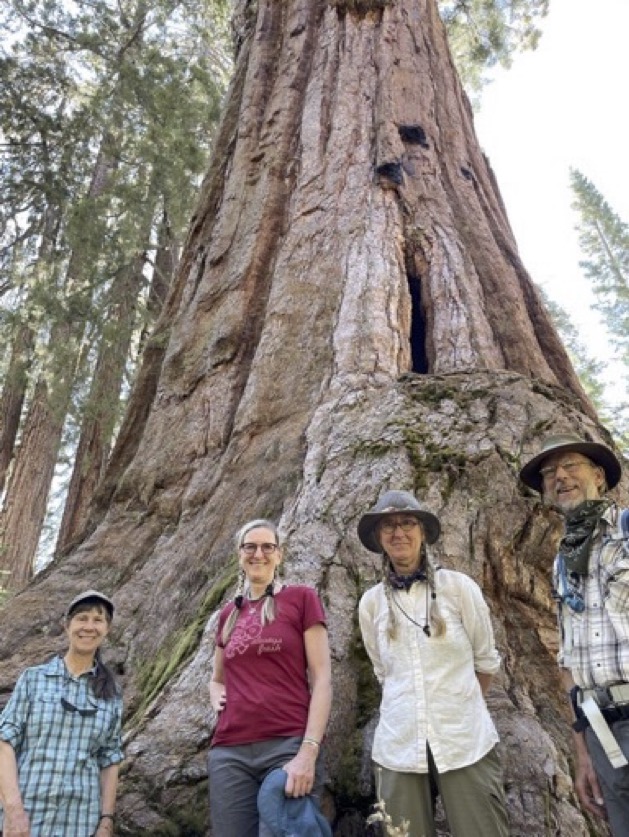
We interviewed people we met about the impacts of climate change, warming and wildfire; rangers and biologists and an Emergency Manager. We spent a few weeks working together to create our artist books in Peter and Donna’s Santa Cruz studio and in my studio in Eugene, Oregon. We designed and produced books from images and ideas that we had from our field explorations. We made paper with wildfire ash, created solar prints from materials we gathered on the ground in an ancient forest. We painted, made woodcuts and linocuts and printed them along with hand set letterpress printed text. The project will be exhibited at the Codex International Book Arts Fair in Richmond, California in April this year. HOPE? is a part of a series of exhibitions that are happening all over the world called Extraction: Art on the Edge of the Abyss.
CHIBI: What’s the best way to find you and learn more about your work?
SL: My website: susanlowdermilk.com Email: susan@susanlowdermilk.com. I’m also on Instagram @susan_lowdermilk. Feel free to reach out. I am happy to answer questions and discuss my work, teaching, processes and ideas.

Credits: Photographs and media provided by Susan Lowdermilk. Special thanks to Susan and her students in ART118, Artist Books and Pop-up at Lane Community College, Eugene, Oregon — Cleo Burkhardt-Morgan, Hannah Barr, Mary, Mainenti, Alex Nanneman, and Robin Cushman — for the use of the images in this post.
